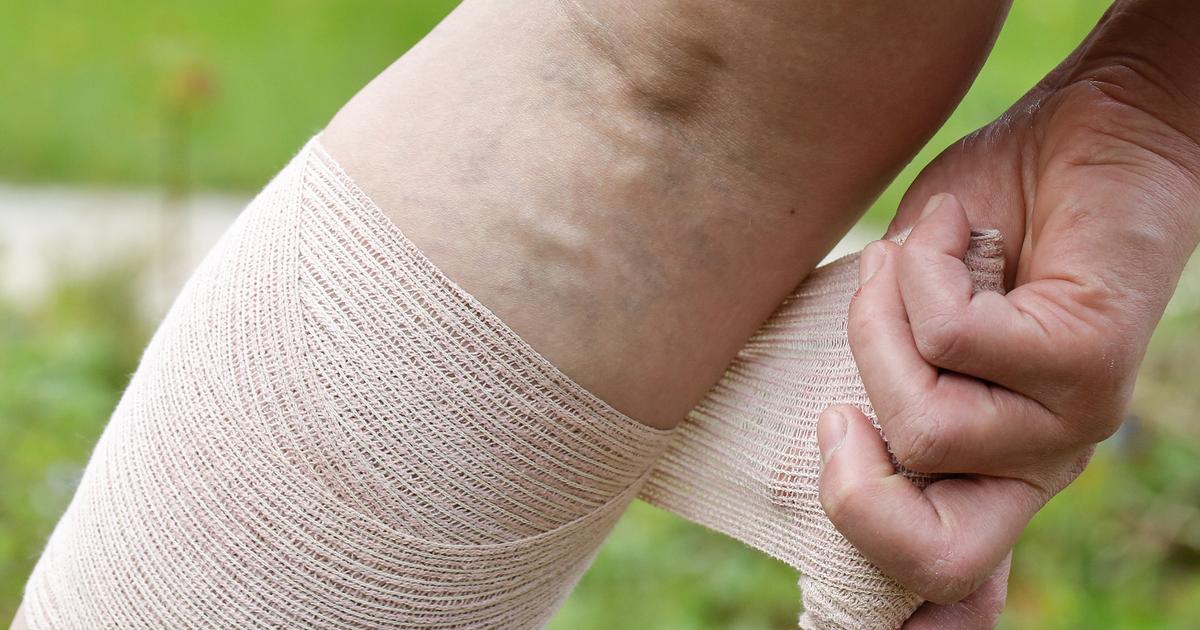Key Symptoms Of Peripheral Vascular Disease
Foot Or Leg Ulcers
An individual who has foot or leg ulcers may be affected by peripheral vascular disease. Mechanisms such as plaque buildup in the arteries can cause an insufficient supply of blood to the muscle, nerve, and skin tissues of the affected limb or limbs. Blood carries oxygen to the cells of the skin tissues by moving through the large arteries and then further into their tributaries. Those tributaries split into small capillaries that directly feed blood to the skin and fatty layer underneath it. When a patient's peripheral vascular disease causes the larger arteries and their tributaries to become blocked or narrowed, it can make it difficult for blood to make its way to the tissues of the skin. Reduced blood supply can cause a process known as ischemia in the skin tissues, or severe oxygen deprivation. Individual cells begin to die, causing the skin tissue to decay in a focal area. This necrosis results in the development of an ulcer or sore on the affected leg or foot.
Discover additional symptoms of peripheral vascular disease now.
Pale Or Thin Skin

Peripheral vascular disease may result in pale or thin skin in an affected individual. The pink coloring of an individual's skin is the result of constant saturation of oxygen-rich blood and the way light reflects off of it through the skin. When the blood vessels under the skin are saturated with oxygen-poor blood, the color of the skin appears green or blue. However, an individual's skin will become pale or white when there is a lack of any kind of blood presence. Peripheral vascular disease patients have an accumulation of plaque in the arteries that supply the leg tissues with oxygenated blood. This plaque leaves less space for blood to move through, which means a lower volume of blood can reach the lower legs and feet. An affected individual may experience pale or white skin on their legs when laying down or when the legs are elevated due to the reduced effect of gravity on the oxygenated blood attempting to move through their arteries. Thin skin may develop after a long duration of time where there has been reduced blood supply to the affected limb because the skin cells cannot regenerate as fast as they are dying off.
Get more details on the warning signs of peripheral vascular disease now.
